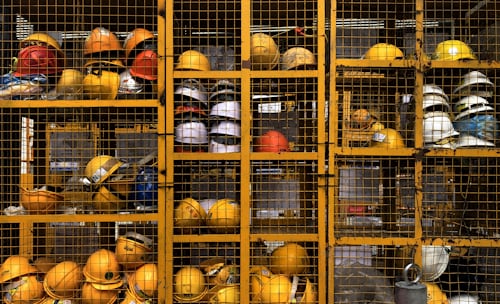
In any huge experiment, you always have to work around a lot of people where you also tackle hazardous materials and diverse tasks at the same time; the case is not so different in all workplaces. If your office fails to set up critical regulations and safety codes that would keep everything and everyone safe, even the smallest mishap can transform into a liability nightmare. The good news is that when you read more in this site, you learn that it is not that hard to put the right protocols in place. If you click here, you can follow these insights on the steps for developing a safety program for your organization.
The primary step is to outline the safety risks in the business. The main idea is to guarantee the well-being of the workforce and make sure that each team operates within safe environments. The important question to ask in this case is, what could possibly go wrong in the workplace? It can be anything that could hinder a safe working environment. The identification of the potential risks is imperative in helping the organization to execute specific plans and put particular measures in place for the purpose of minimizing the risks. It is also imperative for a business to train its employees as an element of the work safety protocols.
When you create awareness and disperse vital safety information to all your teams in the company, the wide-ranging yet hands-on safety coaching equips them with vital strategies to follow during their operations at work. Training your staff can be in all forms including provision of work manuals, education on how to deal with potential workplace risks and awareness on the consequences of failing to adhere to safety protocols. Employees should be encouraged take advantage of the public hazards in their offices and workrooms. For instance, placing a hazard that shows the potential to slip and fall, or excessive noise in a certain area in the workplace is a critical safety strategy.
Developing a safer polity that works effectively depending on your specific work setting is critical. Conducting risk assessment procedures and establishing the hazards that the organization could potentially experience is a vital policy when it comes to managing risks. By reviewing relevant regulations and inspecting work areas to determine potential dangers, the company can ensure the safety of its employees. Employers can guarantee the safety of their workers by making sure that they have access to proper safety management equipment such as fire extinguishers and first aid kits. Putting emergency protocols in place is also imperative.